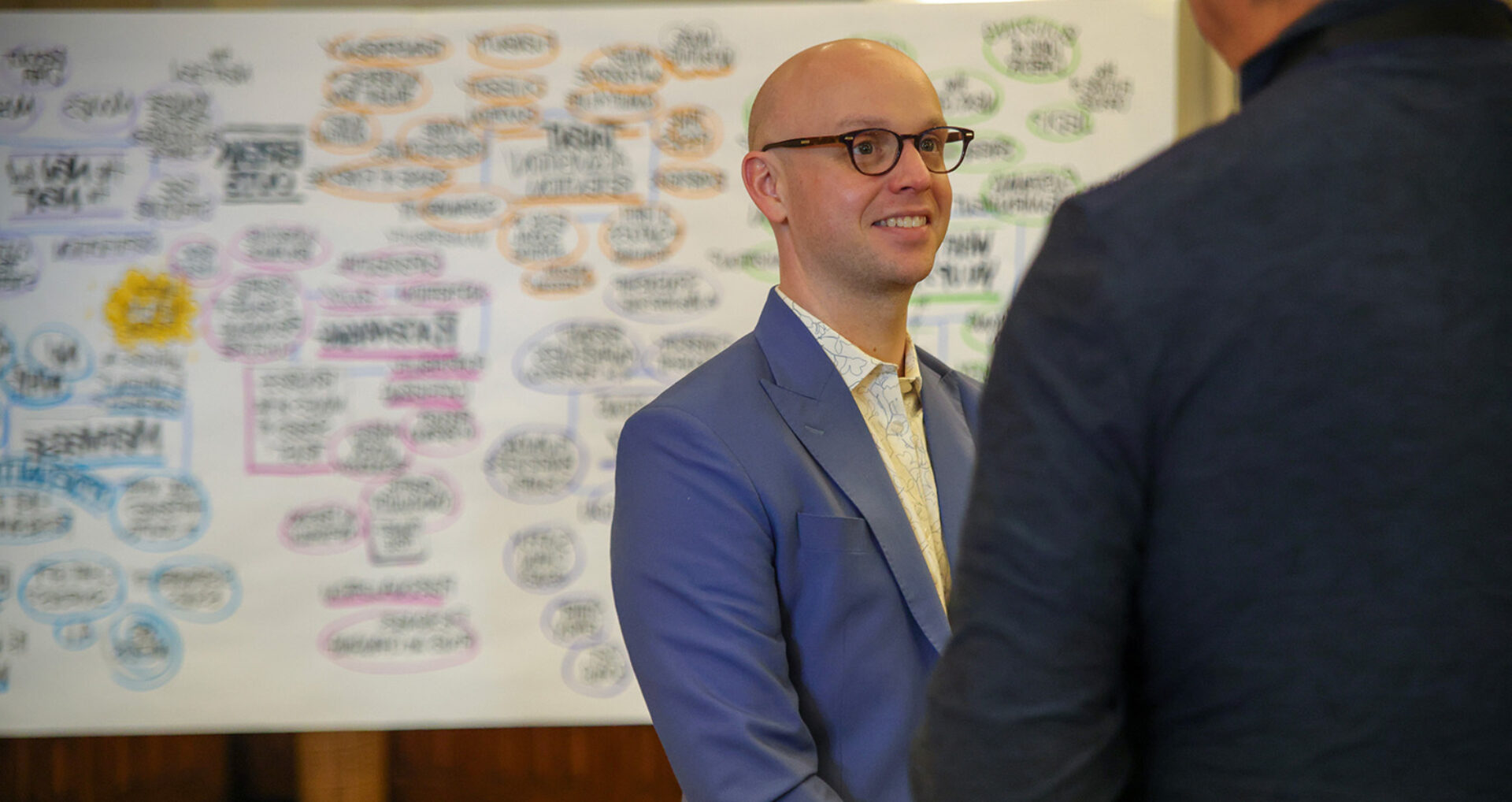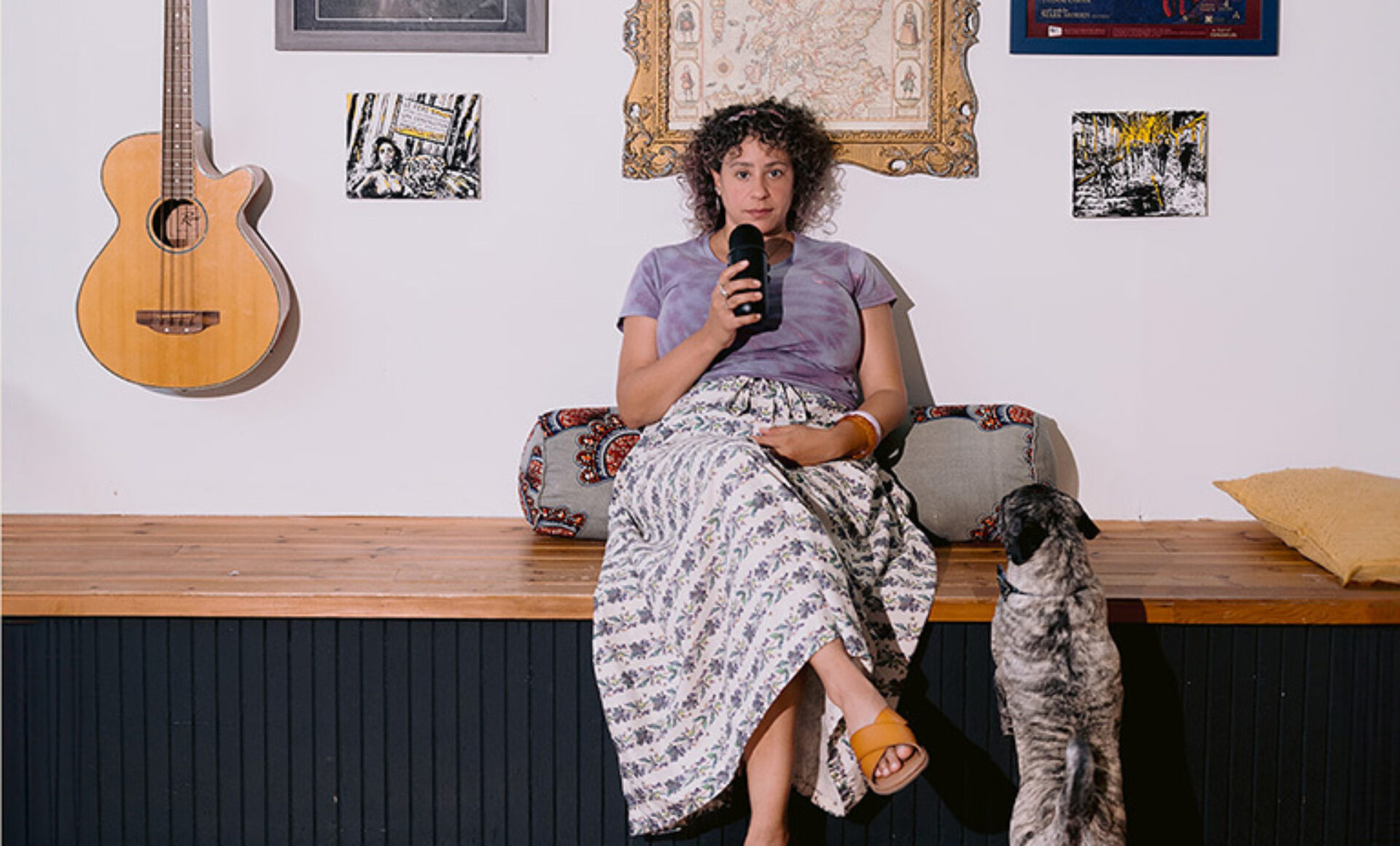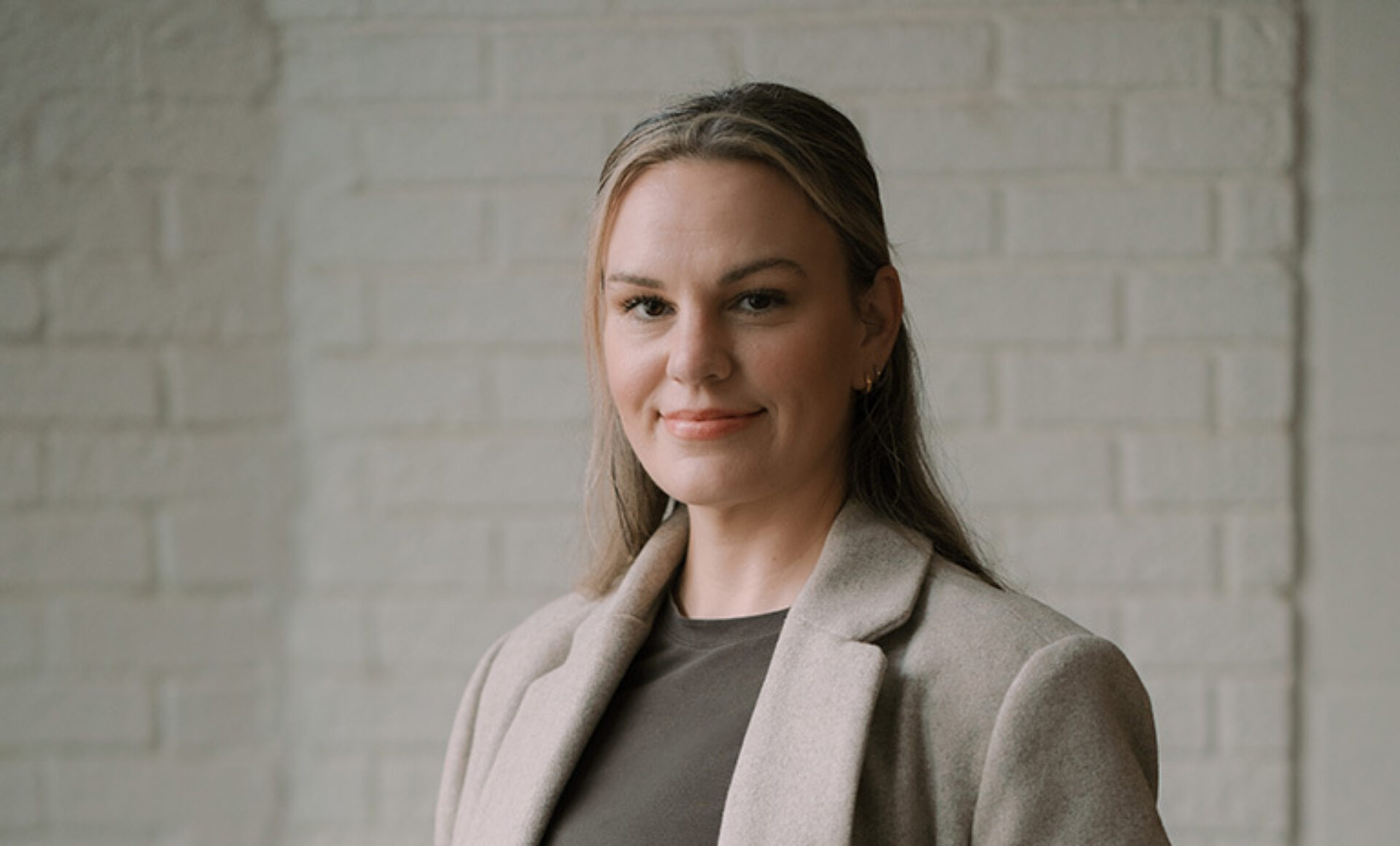Designers are decision makers and shapers. But what happens when a constantly shifting societal landscape casts uncertainty on our ability to make choices that will serve us well in years to come? Manufacturers’ forecasting depends on the reliability of supply chains; clients demand spaces that will serve current hybrid work patterns while remaining relevant for years or decades; sustainable design is an ever-more-urgent imperative that demands longevity in design. Sure would be nice if we had a crystal ball. Luckily, Mark Bryan, senior futurist at the Future Today Institute, and IIDA’s Futurist in Residence, is the next best thing.
Futurism + Design
During the 2023 Industry Roundtable, Mark shared not only how the techniques of futurism can be used to help us make predictive choices, but also how current forces shaping society and the business landscape impact design now and in the near future.
Mark, uses the techniques of futurism to help clients reduce uncertainty and make decisions. At Industry Roundtable, his role included astute observation as manufacturers and designers engaged in dialog around key industry issues. Among the topics the IR think tank was seeking clarity on: What will happen if the traditional workplace goes away? Who will our clients be in the future? How will goods be sourced and made?
“When you face uncertainty,” Mark says, “make a list and start to do research around those areas — that will start to move you forward.” That research, he explains, should reveal both trends (not things that are “trendy” but things that show a societal direction emerging) and disruptors (things that are causing change.) Those trends and disruptors point to where things are headed next — reading them can provide a window into the likely near future, and possibly beyond.
Factoring in time
As we look to the future, time is the factor that touches everything: time consciousness is everywhere. We are universally facing a shortage of time; we debate time at the office vs. time at home; we scrutinize commute times and their impact on employment and social mobility; a recent study recommended “time dosing” to measure exposure to nature for college students, in an effort to nurture their mental health.
This intense societal focus on time points the way to design questions for the future. Can design of cities address commute times, access to employment, and affordable housing? How can we design to make workplace time more valuable, efficient and desirable? Can a focus on experiential design help alleviate the time crisis by gifting us new experiences? (The answer to that one, Mark says, is yes — humans perceive new experiences as “adding time” to their lives.)
A focus on local
Time and locality are inextricably linked; and future scenarios point toward ways in which locality will impact the way both business and daily life are designed. From “5 minute neighborhoods” where work, recreation and home are all within a quick walk; to urban infill manufacturing and distribution facilities that rely on locally produced materials. Locality, of course, also intersects with climate change, and continued need for flexibility and movement of people and even entire communities means that modular designs which allow for climate responses including migration will be necessary.
The time is right for us to challenge the assumptions we have about our design experience, process, and industry.
Mark Bryan
A personally crafted life
Future work life will no doubt continue to be impacted by remote work trends and the desire for autonomy. What comes next? A future in which working hours and styles are crafted for each person’s preference and physical and mental wellbeing; and dynamic, multidisciplinary project teams form and re-form for each project. Helping to craft that life plan might be a “time crafting coach.” A combination of a wellness coach and a career coach, this expert will work with clients to optimize their lifestyle to suit a range of factors that create an ideal schedule for both workplace success and personal health. AI assistants will likely take over some job functions to free up time for strategy and creative work; they’ll also help designers know when to power down for a walk outside. One drawback to this tech-forward life: it could exacerbate the current tech divide if access to technology is not provided for all.
A materials-driven industry
The future search for new materials — as well as ways to create circularity and reuse of old ones — will center on regional or local availability. This not only solves for supply chain disruption, it adds incentive to create new streams of materials through upcycled goods. Limiting the amount of new materials in each project, as well as deconstruction and reuse plans for every project, will help to fuel a new paradigm for manufacturers.
Shaping a preferred future
Future scenarios, of course, are not set in stone. With every prediction comes a chance to envision a different outcome, and map steps to create it; in fact, futurism can be used to help us plan to redirect an outcome we’d like to avoid, as much as it can help us step into the future of our choosing. The real work comes from envisioning a preferred future and planning present-day actions that can move us toward it.
At IR, design leaders began to sketch a preferred future, one focused on the continued relevance of place and human connection. Among the priorities were equitable access to technology; educational infrastructure in rural locations; creating preferred work times for staff to increase engagement; building increased collaboration between firms, sharing industry intelligence; and maintaining human culture, boundaries and privacy.
Given that set of goals and others that would reinforce the future we want to see, design professionals can focus their problem solving skills on creating design solutions that, over time, bring the ideal closer to the here and now. The future is ours to create.
Mark Bryan's 9 Trends to Watch for:
- Next gen virtual drawing and collaboration tools
- Additive manufacturing — materials evolution
- The war on plastics and carbon
- Shifting focus from time-based work to the expertise we bring
- Work that makes the process more visible and inclusive
- Compact/modular design applications
- Introducing time dosing into spaces/ products
- Design that adds gratitude and extends experiences
- Offering new skills to reward time — a reward that’s not just about salary

Read the full IIDA Industry Roundtable Report 25 here






